When it comes to healthy eating, fruits and vegetables are essential components of a balanced diet. And varying your choices helps, too. But humans are creatures of habit and likely pick the same fruits and vegetables everytime we go to the store. So when we see different options in the produce section, many interesting vegetables and fruits might get skipped over.
But many of these uncommon produce items are popular choices from around the world. They just might feel new and unfamiliar to many shoppers in the United States. And that’s OK, because you can have fun exploring these interesting vegetables and fruits in your meal planning. They’re great for adding variety, deliciousness, and intrigue to your diet.
That’s not the only benefit of eating a more diverse array of cool and exciting plants.
Why Eating a Variety of Interesting Vegetables and Fruits is Good for You
Having a diverse diet rich in all kinds of fruits and vegetables can have tremendous health benefits. That shouldn’t be too surprising with the nutrient density found in edible plant life. So the benefits of eating fruits and vegetables have been found to include:
- Lower blood pressure
- Reduced risk of heart disease
- Reduce risk of stroke
- Increase in antioxidants
- Lower risk of digestive problems
- Better blood glucose control
Most produce you choose will yield some health benefits. But, as mentioned above, variety is key, too. So if you look beyond your usual produce section picks in the grocery store you’ll see there’s a whole world of less common and nearly “forgotten” foods out there. And they’re bursting with flavor and waiting for you to give them a try.
Introducing the Uncommon Produce You Should Try Today
If you’re looking to make adding more produce to your next meal more fun, why not explore the variety of interesting vegetables and fruits that come to us from around the world? And you’re in luck. You can find many of these items at the grocery store, local markets, and farmer’s markets.
It’s time to get to know some of the most interesting and unique fruits and vegetables from around the world. Here are some of the most popular – and lesser-known – items:
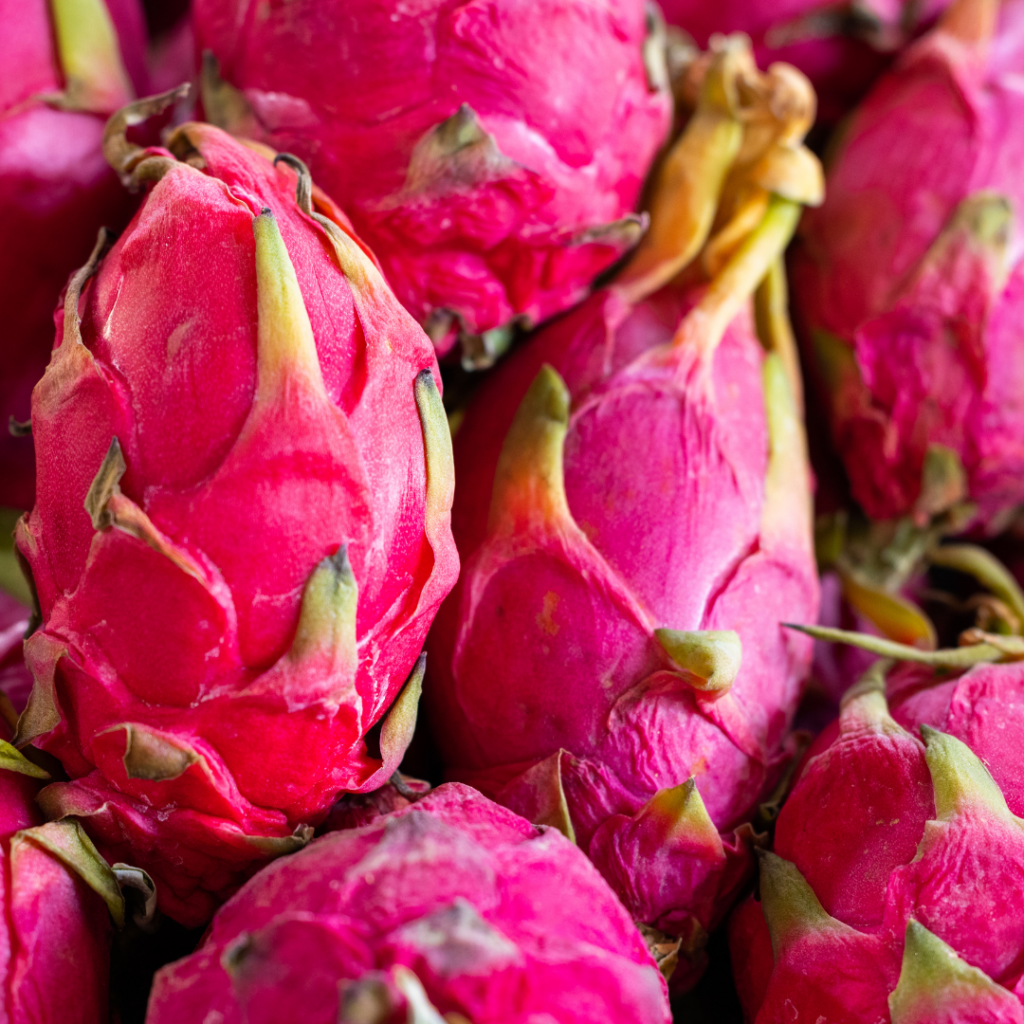
Dragon Fruit
This fruit is native to Mexico and Central America, yet is also grown in many parts of the world. It has a striking pink and green exterior, while its soft flesh has a mildly sweet flavor with tiny black seeds inside. Enjoy dragon fruit as a bowl or salad topping or make a dragon fruit salsa.
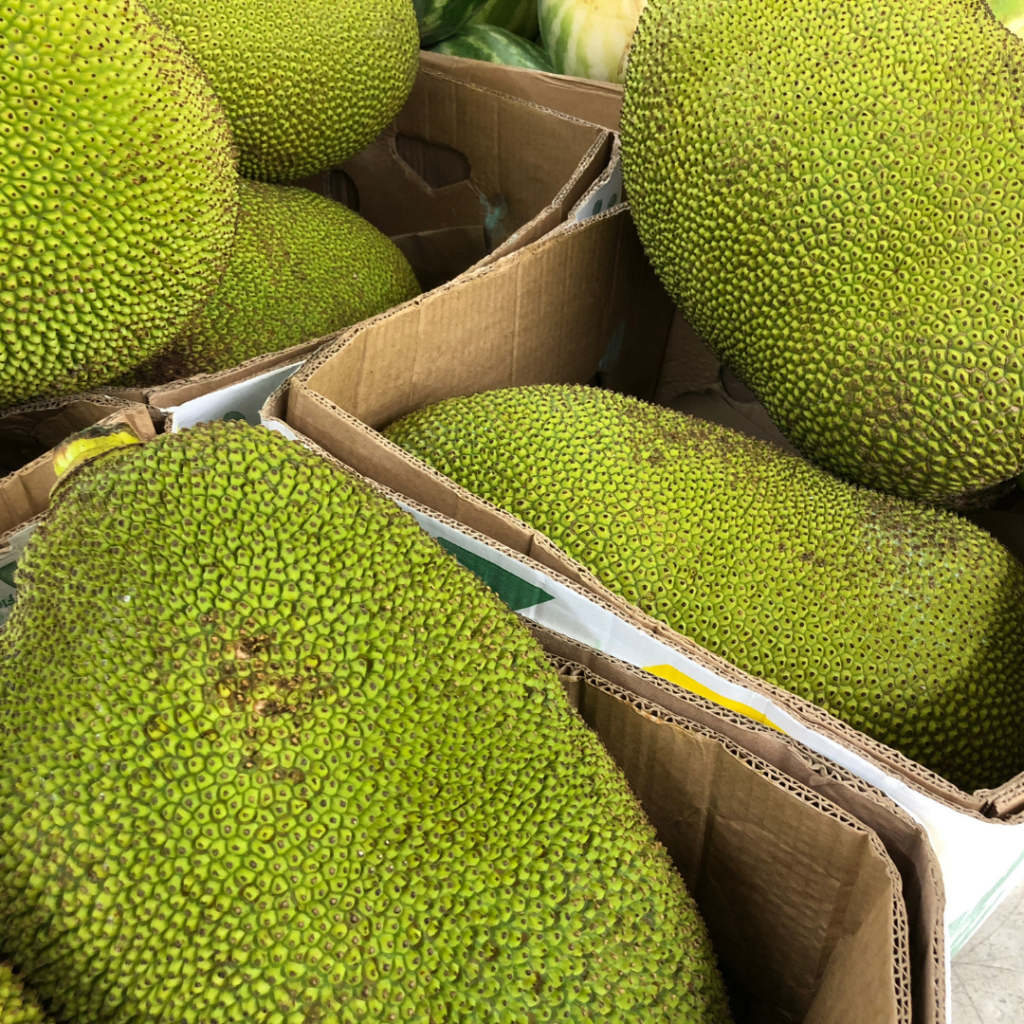
Jackfruit
Native to India and Bangladesh, this fruit is starting to become popular in the United States. It has a mild flavor, with a texture similar to pulled pork when cooked. You can shred jackfruit with a fork and add a Whole30-compatible sauce or marinade for a “pulled meat” option. Remember: jackfruit is a fruit, not a protein, so be sure to include a plant-based protein with your meal.
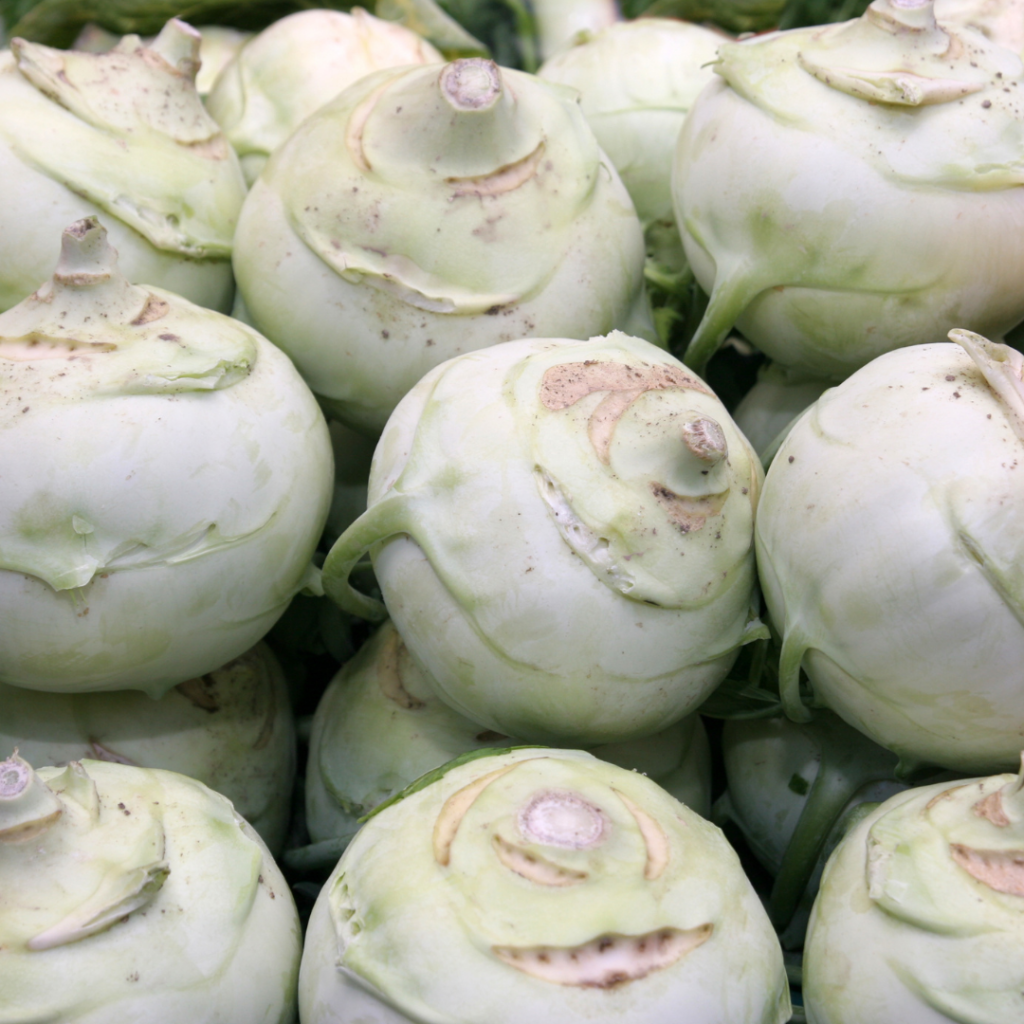
Kohlrabi
This vegetable with a fun name is closely related to cabbage, broccoli, and cauliflower—and comes from Northern Europe. It’s slightly sweet with a crunchy texture that’s perfect as a topping or side dish. Kohlrabi can be beneficial to gut health as it has a good amount of soluble and insoluble fiber. Slice it up to easily add to stir-fry, soups, or roasted with other vegetables.
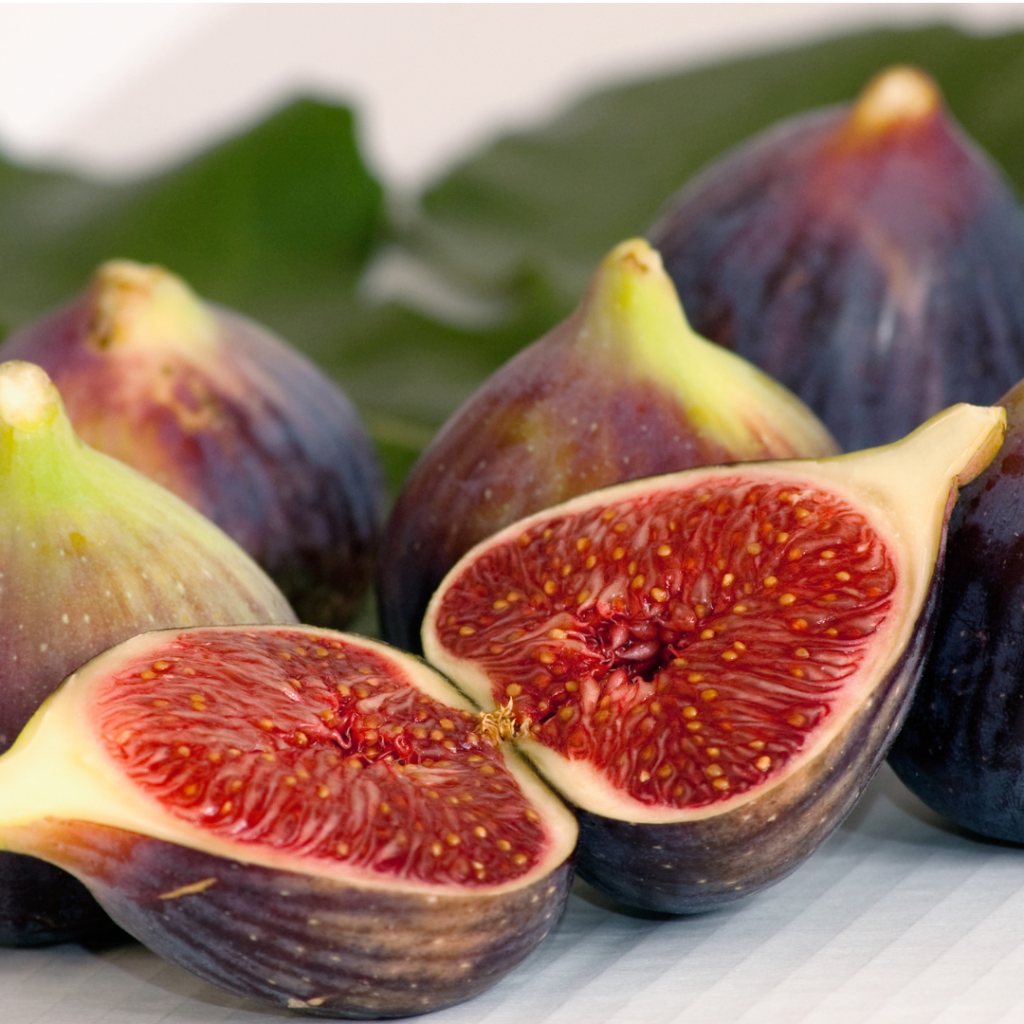
Figs
These sweet fruits originated in Turkey and areas of Western Asia. They have a chewy texture and can be added to savory and sweet meals. Figs have vitamin B6, which helps break down and create proteins. They can be eaten raw, chopped and added to recipes like harissa roasted cauliflower or used to make a healthy sauce or glaze.
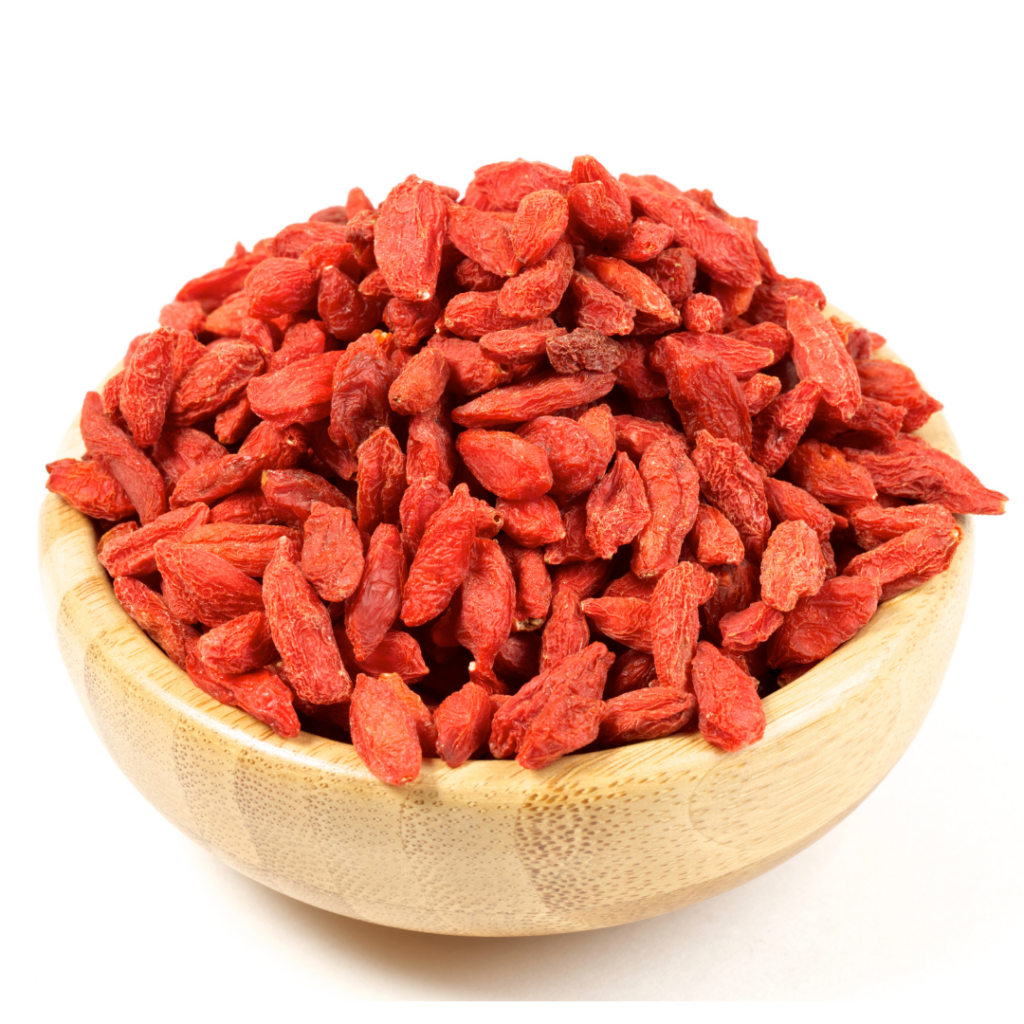
Goji Berries
They are native to China, and are tart—with a similar taste profile to a dried cranberry. Their rich color shows goji berries are packed with antioxidants, specifically zeaxanthin, which helps protect our eyes. Enjoy Goji berries in a homemade trail mix or add it to soup recipes.
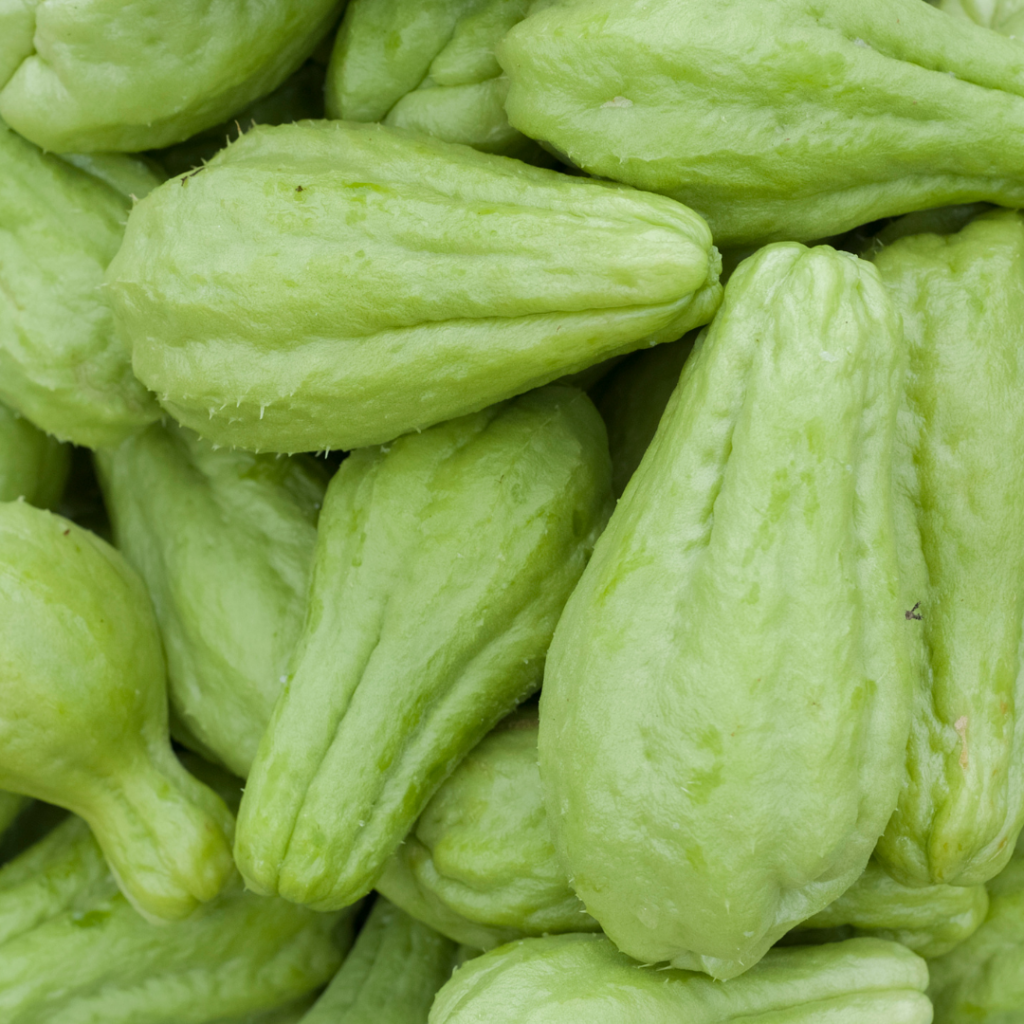
Chayote Squash
The mild flavor and a texture of chayote squash is similar to an apple or pear. This squash is native to Mexico and can be eaten raw, cooked, or used as a substitute for zucchini in recipes. To start, you can substitute in chayote squash instead of zucchini to a recipe you already like. Chayote is a great source of vitamin C and B vitamins, as well as magnesium and potassium.
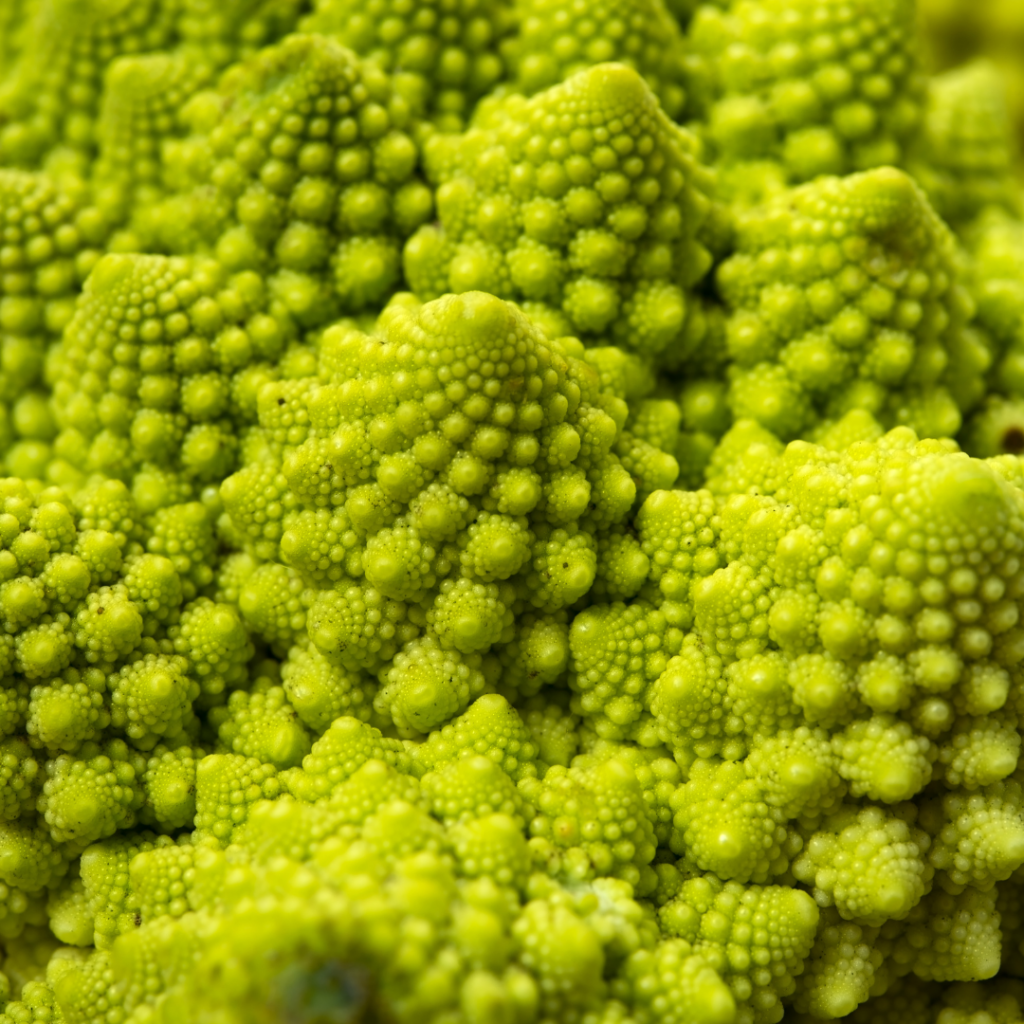
Romanesco
This vegetable is native to Italy and has a flavor that may remind you of broccoli, but with a milder taste. Making it ideal to easily add to vegetable dishes to go unnoticed. It’s high in vitamin C and K, and adds a beautiful color to meals.
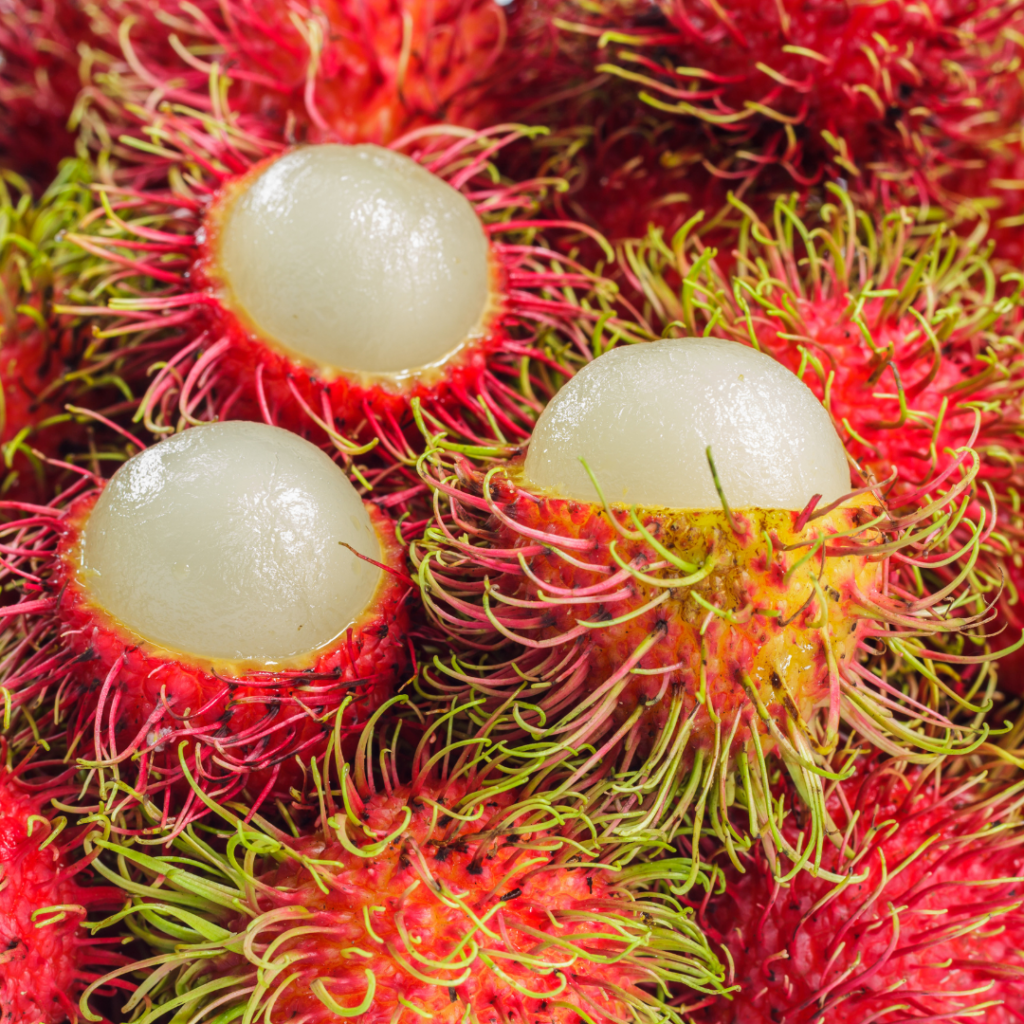
Rambutan
With a unique exterior look, this fruit will quickly catch the eye. Rambutan is native to Southeast Asia and has a hairy exterior with juicy, slightly sweet, white flesh inside. Pefect for sauces or eaten raw as a snack. To make it more balanced, pair it with a plant-based protein like roasted chickpeas or nuts.
Start Exploring Uncommon Fruits and Vegetables
These interesting vegetables and cool fruits above offer an amazing flavor opportunity—as well as important nutritional benefits. Take the time to explore some of these uncommon fruits and vegetables at your local grocery store or farmers market. Get adventurous and try at least one new fruit or vegetable a week.






